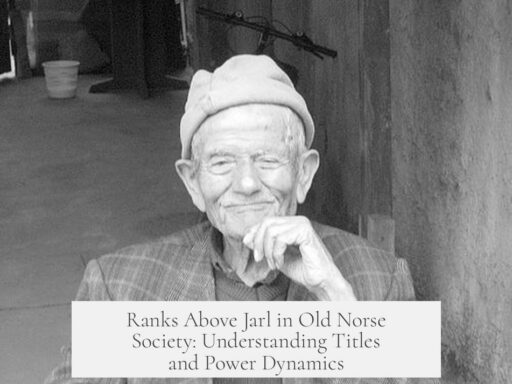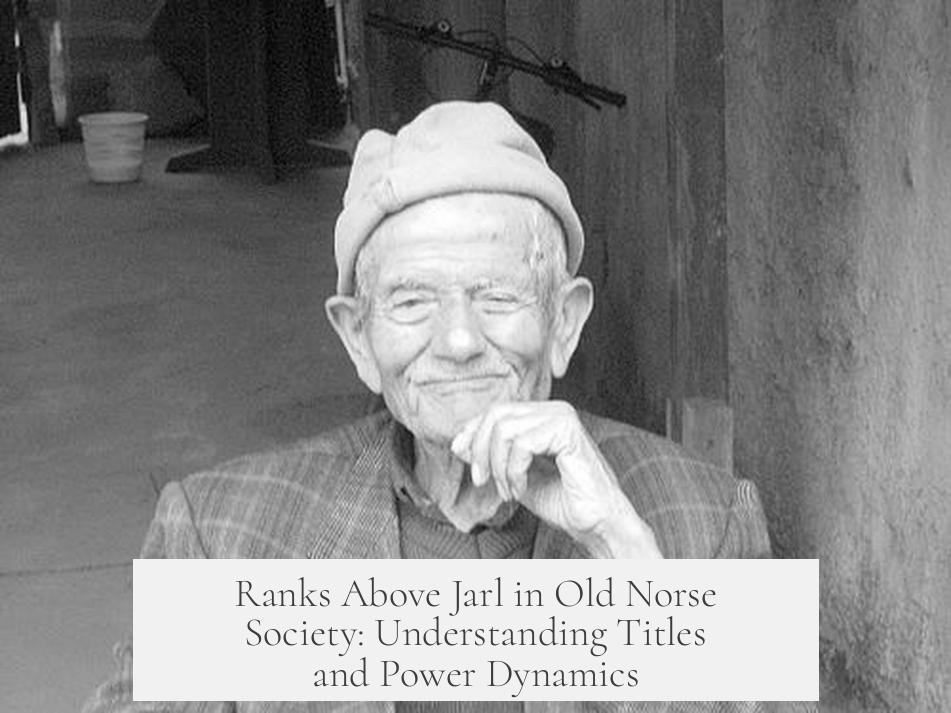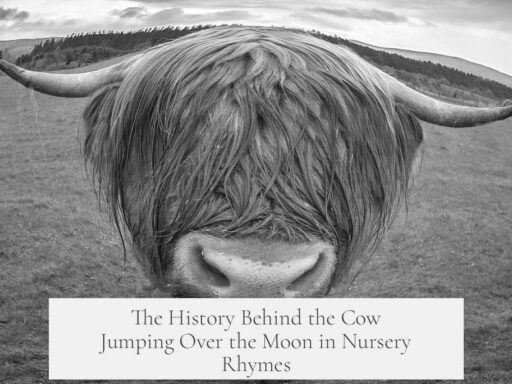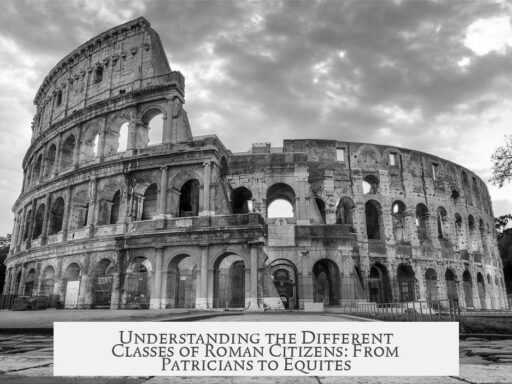The rank of Jarl was never the highest title in Old Norse society; Kings outranked Jarls. In the early and high medieval periods, the title of King represented supreme authority. Jarls ranked directly below Kings and served as powerful nobles or regional governors akin to Earls in Anglo-Saxon England or Dukes in continental Europe.

The story of Haraldr ‘the Fairhair’ illustrates this hierarchy. Haraldr united Norway by conquest, transforming numerous small, independent Petty-Kingdoms into a single realm ruled by a King. Upon conquest, Haraldr granted these former kingship domains to Jarls as subordinate rulers. Some Petty-Kings accepted a demotion, becoming Jarls under Haraldr’s direct authority. This arrangement shows that Jarls governed large territories but remained subject to the King’s ultimate power.
After Haraldr’s death, succession disputes reveal lingering claims to kingship from his relatives. His son Eiríkr ‘the Bloodaxe’ was named “overking,” a title indicating supreme rule. Yet several brothers continued to style themselves Kings of their former Jarldoms, refusing to acknowledge Eiríkr’s superiority. This reflects a fluid boundary between King and Jarl titles during turbulent times, but the hierarchy remained clear: Kings had supremacy. Petty-Kings transitioned into Jarls or independent Kings depending on political circumstances.
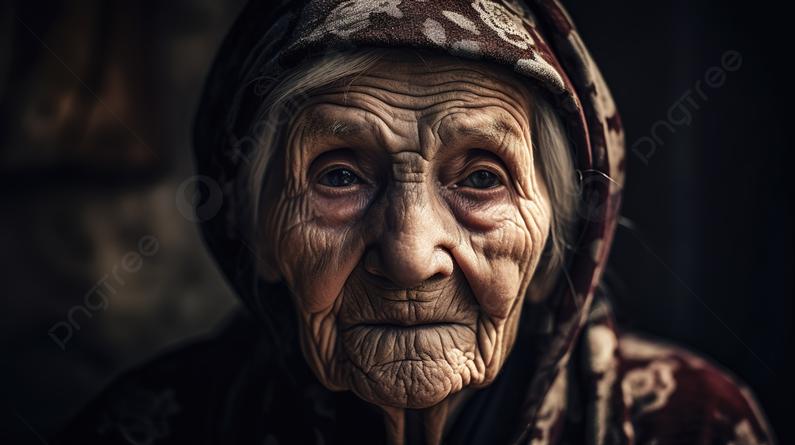
Norse society frequently used the King title broadly to indicate independent leadership. For instance, herkonungur, meaning “army-king,” referred to Viking chieftains leading warbands rather than territorial Kings. Such leaders wielded military power but ranked below established Kings of kingdoms. This usage underscores the broad significance of “King” compared to more bounded noble ranks like Jarl or Hersir.
| Rank | Status in Hierarchy | Description |
|---|---|---|
| King | Highest | Supreme ruler of a kingdom, independent leader |
| Overking | Above Jarls, below King in some contexts | Title indicating dominance over other Kings or Jarls |
| Jarl | Highest noble beneath King | Regional governor, formerly Petty-Kingdom ruler |
| Hersir | Lower noble | Local chieftain or military leader |
- Jarl was the top noble rank under a King, never the supreme ruler.
- Petty-Kingdoms were often transformed into Jarldoms after consolidation under a King.
- Conflicts after Haraldr’s death reveal overlapping claims to King and Jarl titles.
- Title “King” indicated independent leadership, sometimes military only.
Were There Ranks Above Jarl in Old Norse Society? Let’s Set the Record Straight!
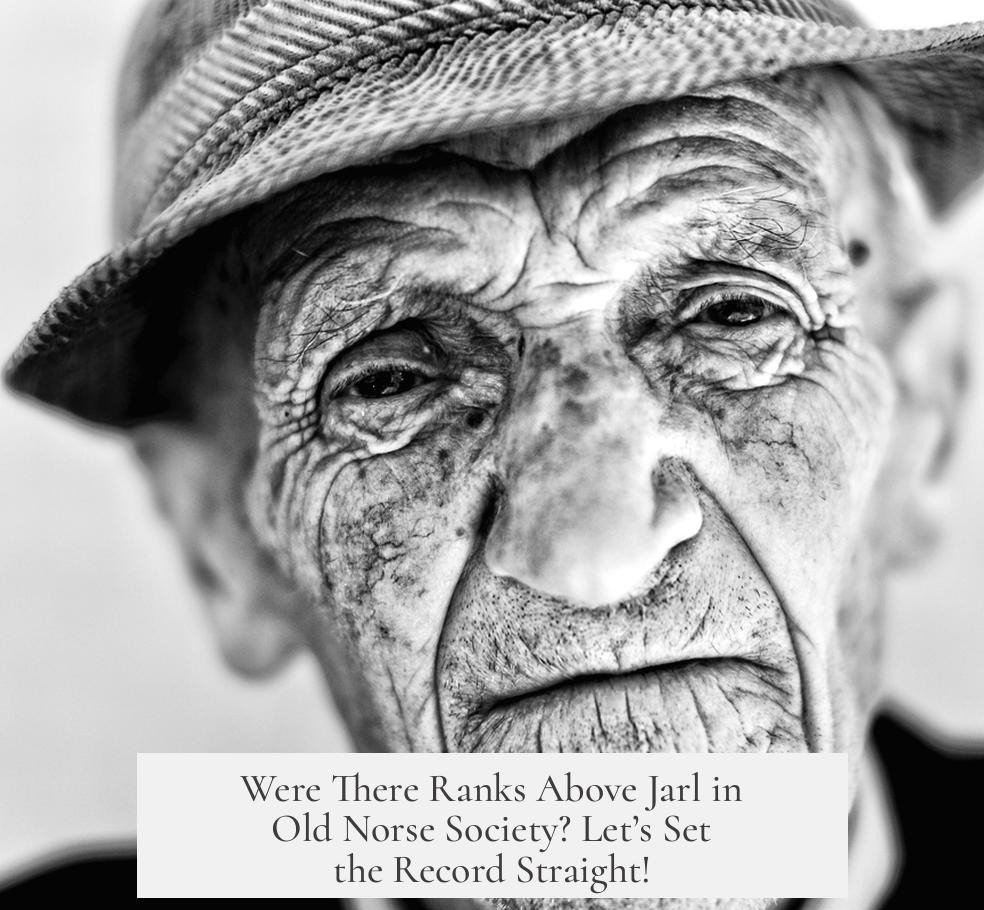
Short answer: Yes, the rank of King was above Jarl in Old Norse society. The Jarl was a high-ranking noble but never the top dog.
Now that’s out of the way, let’s dive deeper into this fascinating hierarchy and clear up some common misconceptions. Spoiler alert: No Jarls were running the show as kings, but their roles were way more interesting than just ‘the King’s helpers’.

The Jarl: The King’s Right Hand or Just a Fancy Earl?
The word Jarl is the Old Norse cousin of the Anglo-Saxon Earl and the European Duke. It’s like the royal “vice president” in a medieval startup called “Kingdom.” Jarls ruled large regions under a king’s authority. Their power was significant but always checked by the superior rank of King.
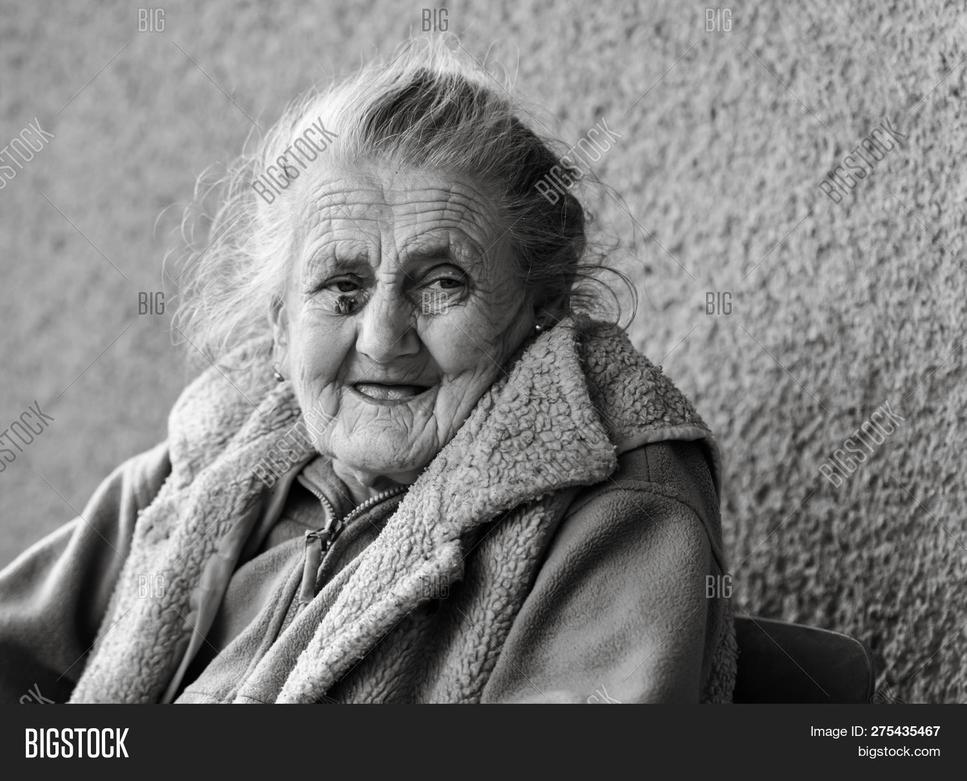
Think of the Jarl as a big boss in a corporation, but the CEO is the King. The Jarl commands, but the King sets the grand vision.
Who Tops the Pile? Enter the King

Across Early Medieval Europe, rulers bore the King title. Old Norse society was no exception. The king was the highest-ranking leader, holding sovereignty over petty kingdoms and warbands alike.
And this was no honorary title. The King held real power — legislating, leading armies, and controlling resources. Jarls might manage local affairs or military forces, but the King was the final decision-maker.
Haraldr ‘the Fairhair’: The Legend That Speaks Volumes
Even though his story mixes legend and history, Haraldr ‘the Fairhair’ gives us clues about societal ranks. According to sagas written generations later, Haraldr unified Norway by conquering petty kingdoms ruled by independent kings.
After conquering these petty kings, Haraldr didn’t just wipe them off the map. Instead, he often turned them into Jarls — loyal nobles under his rule. So the petty kings became Jarls, and Haraldr remained the King. This redistribution highlights a structured hierarchy: Kings above, Jarls below.
Power Struggles After Haraldr’s Death: When Titles Speak Louder Than Words
The intrigue heats up after Haraldr’s death. He named his son, Eiríkr ‘the Bloodaxe’, as an overking. But his brothers still called themselves Kings, even when they ruled Jarldoms.
This bold self-identification suggests that these Jarls-turned-Kings viewed themselves as independent leaders, not subordinates. It also means the settled hierarchy wasn’t airtight—titles could double as political statements.
When Being a “King” Means Leading a Band of Raiders
Old Norse had a special term, herkonungur, meaning “army-king.” This was usually for Viking raiders who claimed the King title without ruling land. So, unlike Jarls, their claim was based on military leadership rather than territorial rule.
This distinction matters! It shows that the title “King” served various social and military functions and consistently ranked above Jarls, regardless of land possession.
Can We Think of Jarls Like Today’s Regional Governors?
Yes, but with a Scandinavian twist. Jarls managed substantial territories, similar to regional governors or dukes. Yet, they never overstepped into kings’ territory (figuratively and literally). Haraldr’s story cements this setup and sheds light on a dynamic, sometimes shaky ladder of ranks.
Practical Tips: Understanding Old Norse Titles and Their Modern Relevance
- Context is King: Always think about titles in their cultural and temporal context. Modern assumptions can mislead.
- Stories Matter: Legendary sagas like Haraldr’s combine myth and fact, but they’re invaluable windows into Norse society’s views on power.
- Titles Can Blur Lines: Post-Haraldr, brothers using “King” show that ambition sometimes outweighs formal rank.
Summary Table of Old Norse Ranks
| Rank | Meaning | Role | Hierarchy Level |
|---|---|---|---|
| King (Konungr) | Highest ruler; sovereign | Rules kingdom; ultimate leader | 1 (Top) |
| Jarl | Noble leader; regional ruler | Governors under king; leaders of regions | 2 |
| Hersir | Local leader or chieftain | Leads smaller groups or raiding bands | 3 |
Wrapping Up: The Jarl, A Powerful Noble but Not the Top of the Pyramid
So, were there ranks above Jarl in Old Norse society? Absolutely — the King stood above Jarls. While Jarls were mighty figures who ruled large areas, their power was always under the authority of a King.
Haraldr ‘the Fairhair’s’ legend paints a vivid picture: petty kings subdued, some promoted to Jarls, and the king securely at the top. Yet, power isn’t always tidy. After Haraldr’s passing, several Jarls pushed back by reclaiming King titles. The system was hierarchical but flexible enough for ambition and politics.
Understanding these ranks sheds light on Norse social and political structures. Next time you hear “Jarl,” you’ll know it means a noble leader who answers to the King — unless they decide to play king themselves. Norse society was no simple monarchy but a complex web of titles, loyalties, and power plays. Isn’t history just thrilling?
